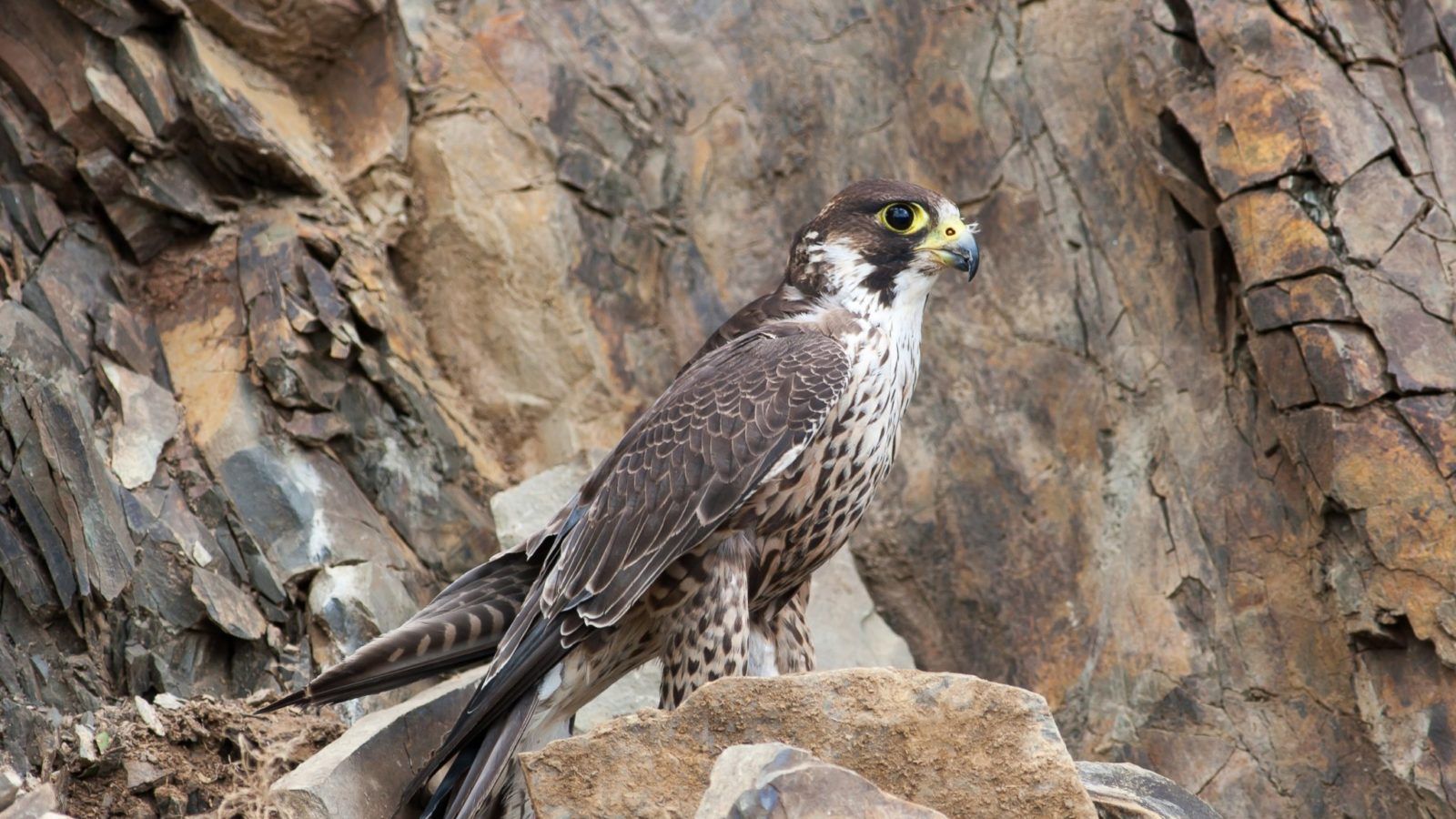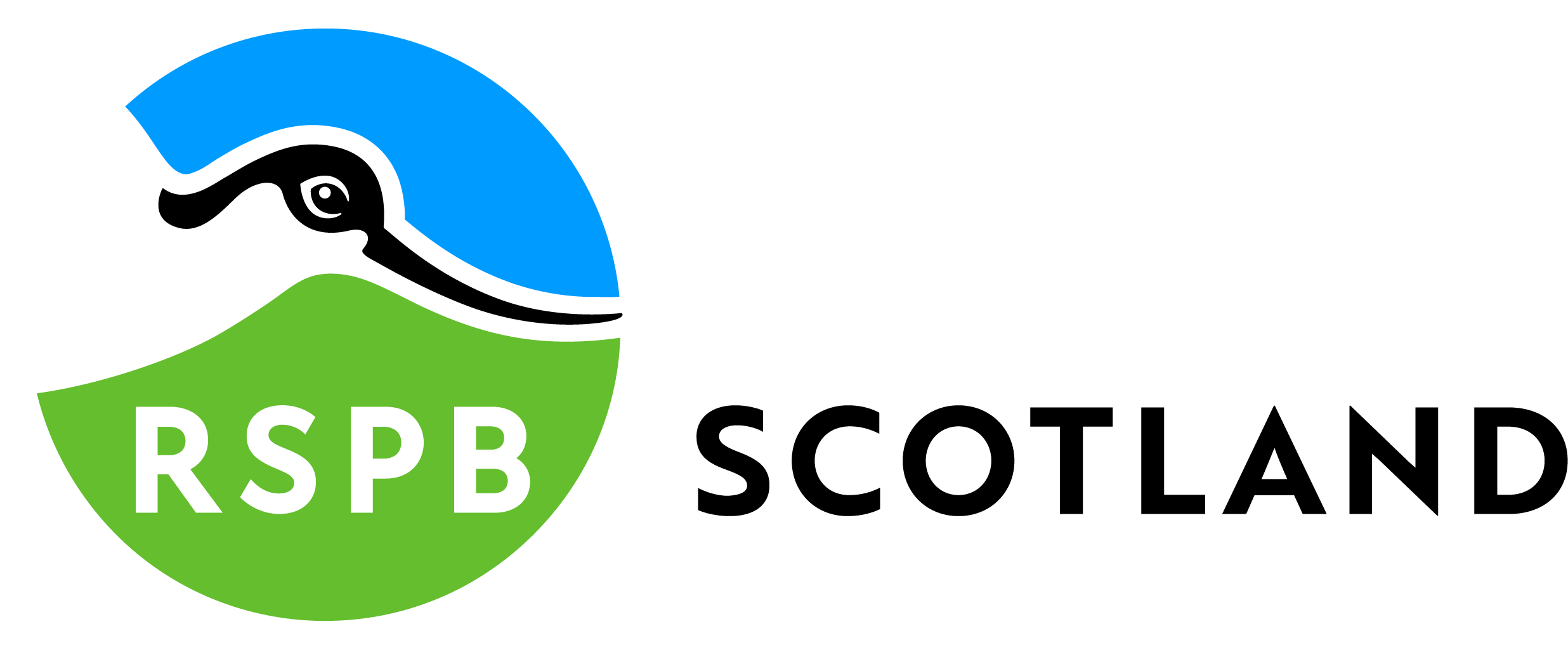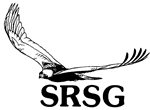The peregrine is a large and powerful falcon. It has long, broad, pointed wings and a relatively short tail. It is blue-grey above, with a blackish top of the head and an obvious black ‘moustache’ that contrasts with its white face. Its breast is finely barred. It is swift and agile in flight, chasing prey.
The strongholds of the breeding birds in the UK are the uplands of the north and west and rocky seacoasts. Peregrines were at a low point in the 1960s due to human persecution and the impact of pesticides in the food chain. Improved legislation and protection has helped the birds to recover and they have now expanded into many urban areas.
Image: Mike Snelle
Action Needed
Support strong measures to tackle wildlife crime to discourage illegal persecution.
Threats
Peregrines are still persecuted – birds are illegally killed to prevent predation on game birds and racing pigeons.
They also have eggs and chicks taken for collections and falconry.
Peregrines are a Schedule 1 listed species of The Wildlife and Countryside Act.
MSP Nature Champion




